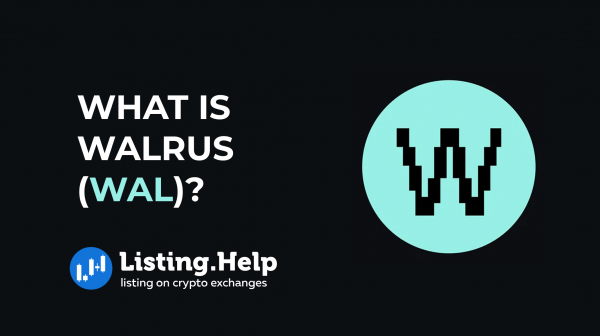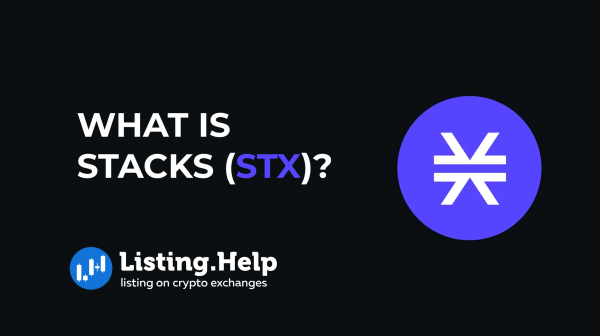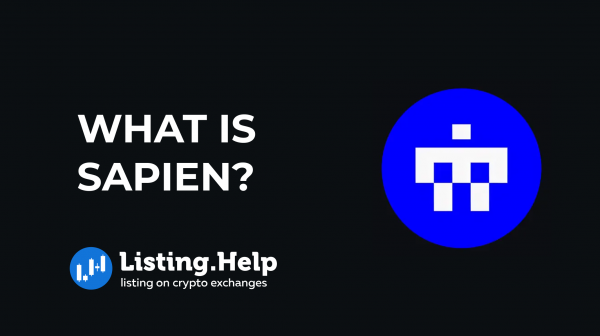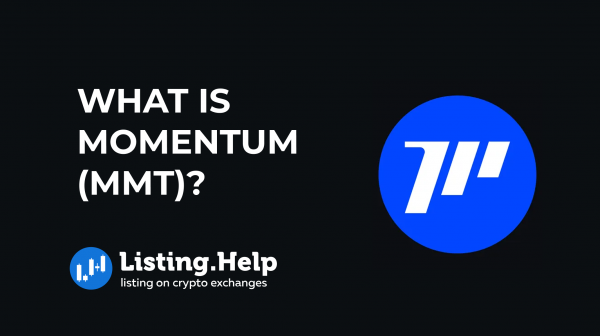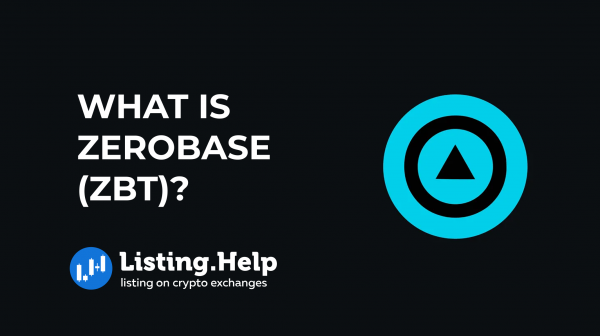What is Stellar (XLM)?
 August 24, 2025
August 24, 2025 Updated: August 24 2025, 06:20
Updated: August 24 2025, 06:20
LEAVE A REQUEST
Launching your own token project? Our experts are ready to help with listing on exchanges, market making, marketing and other solutions
SUBMIT APPLICATIONSending money across borders often ends up slow and costly, with transfers sometimes taking days and relying on several middlemen. Stellar was built to solve this problem, using blockchain technology to make international payments faster, cheaper, and more widely available. Its token, Lumens (XLM), pays for transaction fees and helps connect currencies that don’t have a direct exchange route.
What is Stellar?
Stellar is an open-source blockchain network created to support quick and affordable transfers of money and other assets around the world. It was launched in 2014 by Jed McCaleb, also a co-founder of Ripple, together with Joyce Kim. Their aim was to create a system that gives more people access to reliable financial services.
Development of the network is managed by the Stellar Development Foundation (SDF), a nonprofit organization. The SDF maintains the open-source code, works to grow the network’s ecosystem, and promotes financial inclusion through uses such as remittances and digital asset issuance.
How Stellar Works?
Stellar Core
The network runs on software called Stellar Core, which is operated by nodes spread across the system. These nodes validate transactions, determine their sequence, and update the shared ledger every few seconds. While anyone can use Stellar without running a node, those who do gain a role in governance — voting on upgrades, fee structures, and contributing to the system’s decentralization and security.
Stellar Consensus Protocol (SCP)
Instead of Proof of Work or Proof of Stake, Stellar relies on the Stellar Consensus Protocol (SCP), which follows a Federated Byzantine Agreement (FBA) model.
Here, each validator chooses a set of trusted peers, known as its quorum set. Agreement is reached when there is enough overlap between these sets, allowing the network to settle on which transactions to include. This voting process ensures all nodes eventually confirm the same transactions.
Because of this design, Stellar can process transfers quickly without the heavy costs of mining or large staking requirements. SCP emphasizes security and consistency, ensuring that two conflicting versions of the ledger are never approved. In some rare cases, this safety-first approach can cause brief pauses while validators align, but it helps maintain reliability across the network.
Key Features of Stellar
Smart Contracts (Soroban)
Stellar’s smart contract layer is called Soroban. Contracts are written in Rust and compiled into WebAssembly (Wasm), which is designed to run quickly and securely in many different environments.
In the traditional Stellar system, accounts must keep a minimum reserve of XLM to stop the ledger from being filled with unused data. Soroban changes this by introducing a rent-based approach: contracts pay based on how much storage they use and how long it remains active. This design gives developers room to build tools such as lending services and asset management platforms, while still benefiting from Stellar’s speed and efficiency.
Anchors
Anchors play a central role in bridging Stellar with traditional finance. These are regulated entities such as banks, fintech firms, and payment providers that handle deposits and withdrawals. An anchor accepts fiat currencies like USD or EUR and issues equivalent tokens on Stellar, which can then be transferred across the network within seconds. The tokens can later be redeemed for fiat, either through the same anchor or another. This system makes Stellar well suited for low-cost, high-speed international payments and remittances.
Practical Applications
While Stellar was built for payments, its structure supports a variety of uses:
- Cross-border transfers: Near-instant settlement at low cost, useful for remittances and global payment networks.
- Asset tokenization: Bonds, ETFs, commodities, and other securities can be issued as digital tokens, then distributed via wallets and traded across platforms.
- Stablecoins: Fiat-backed tokens, such as USDC, operate on Stellar and are used for payments and settlements.
- Micropayments: Low fees make it practical for small transactions like tips, micro-donations, or pay-per-use services.
- Financial access: In regions without reliable banking, Stellar can connect people to digital financial services through anchors and mobile wallets.
What is the XLM Token?
XLM is the native token of the Stellar network. Its functions include:
- Serving as a bridge asset between currencies without direct pairs, enabling smooth conversions.
- Paying transaction fees, which are kept deliberately low but discourage spam and help manage traffic.
- Acting as a reserve balance for accounts; the required amount rises as accounts add functions like trustlines or offers.
- Covering storage costs for smart contracts on Soroban.
The XLM token is listed on many platforms, including BitMart, Bitstamp, LBank and Bithumb. If you’re looking to list your token on similar platforms, understanding the token listing process and crypto exchange listing fees is essential.
Supply and Distribution
At launch in 2014, Stellar created 100 billion XLM. For several years, the supply grew by 1% annually through an inflation mechanism, but this feature was discontinued in 2019 after a community vote. Later that same year, the Stellar Development Foundation (SDF) reduced the overall supply by burning about 55 billion tokens. The supply was fixed at roughly 50 billion, with no more to be issued.
By August 2025, around 31.3 billion tokens are in circulation, while the SDF holds about 18.4 billion to fund ecosystem development and future initiatives.
Conclusion
Stellar was designed to improve the speed and cost of cross-border money transfers. Its model combines blockchain technology with trusted anchors, while XLM plays a practical role in keeping the network running smoothly. With Soroban expanding the system to include programmable contracts and decentralized applications, Stellar has moved beyond payments into a broader financial platform that connects digital and traditional finance.

For more insights and updates on the crypto world, don’t forget to check out our blog at Listing.Help.




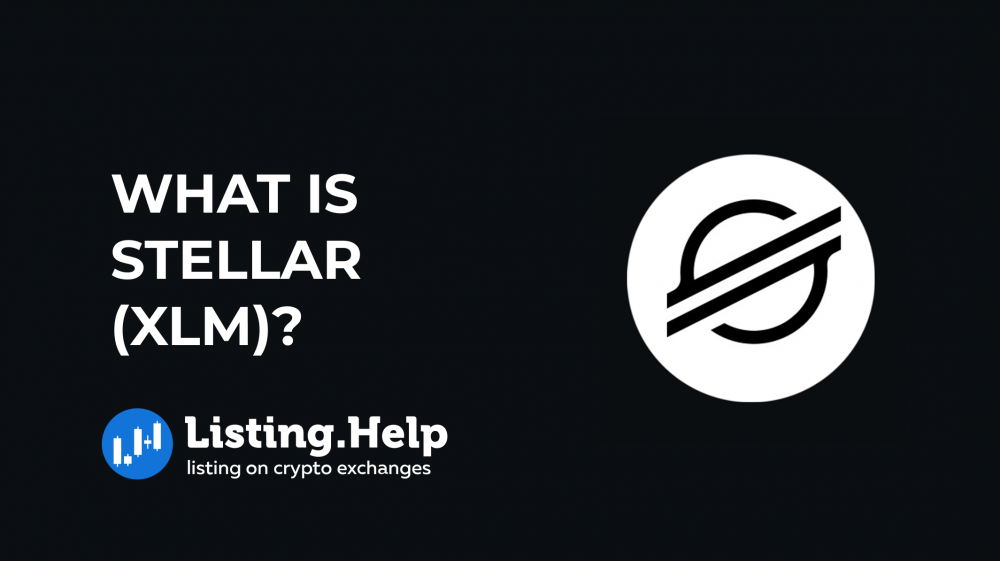


 December 22, 2025
December 22, 2025 